Head-To-Head: Dell XPS Touch Vs. Microsoft Surface Book
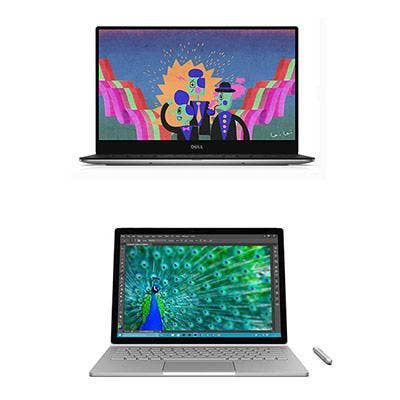
Let's Get Ready To Rumble
Ding, ding, ding!
Welcome to the thin and light laptop smackdown between Dell and Microsoft. In one corner, from Austin, Texas, weighing in at 2.7 pounds, is Dell and its XPS Touch laptop. In the opposing corner, fighting for its first-ever "ultimate laptop" title, is Redmond, Wash.'s Microsoft and its Surface Book, weighing in at 3.34 pounds.
Microsoft set the tone for its entry into the laptop market last week when Panos Panay, Microsoft's device boss, said of the Surface Book, "Ounce for ounce, pound for pound, this is the fastest 13-inch laptop ever made anywhere on any planet." With those words, Microsoft has dared the competition to prove it wrong.
In this head-to-head matchup, we pit veteran laptop maker Dell against laptop newcomer Microsoft. For this battle, we'll focus on Dell's top-of-the-line XPS line of 13-inch laptops.
So how does Surface Book match up?
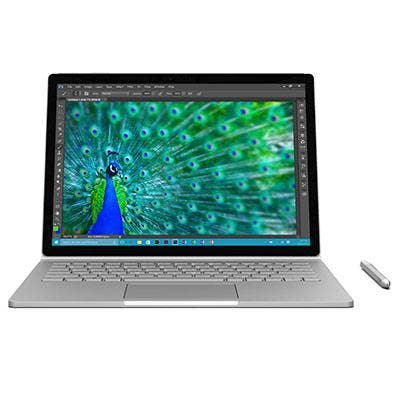
Sizing Up The Competition
Because there is no exact model-to-model match to compare Dell's XPS line of laptops with Microsoft's line of Surface Book laptops, for the sake of fairness, we are comparing similarly priced models. Here's how the models compare:
Surface Book: The Microsoft 13.5-inch Surface Book we are pitting against Dell's laptop is its $1,700 model. It weighs 3.34 pounds and is 0.9 inches thick, 12.3 inches wide and 9.14 inches deep. The chassis is magnesium silver alloy. The main differentiator between the MacBook Pro and the Surface Book is that the Microsoft laptop has a detachable hinge, allowing it to transform into a tablet.
XPS Touch: The XPS configuration we compare the Surface Book to is the Dell XPS Touch. This is a $1,650 13.3-inch laptop contender weighing in at a svelte 2.7 pounds with dimensions of 0.6 inches thick, 11.98 inches wide and 7.88 inches deep.
Bottom line: Dell brings some serious reductionist design chops to the XPS Touch with a laptop that is two-thirds of a pound lighter than the Surface Book. It's also thinner (by more than a quarter of an inch) as well as an inch and a quarter less deep.
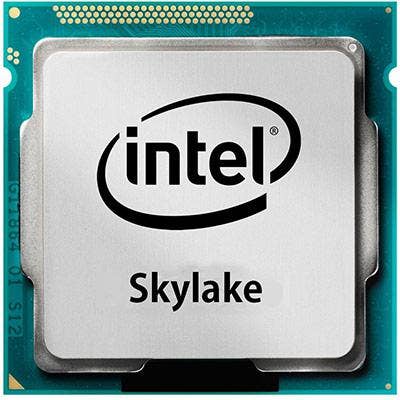
Processor Smack Down
Surface Book: Microsoft is using the sixth-generation (Skylake) quad Core i5-6600K with integrated graphics for its $1,700 Surface Book, according to Microsoft. The CPU has a clock speed of 3.5 GHz (up to 3.9 GHz with Turbo Boost) and has integrated Intel HD 530 graphics. The CPU is rated at 40 watts -- scaling to 81 watts with a full processor load.
XPS Touch: Dell is using Intel's sixth-generation Intel dual Core i7-6500U processor, which has a base clock speed of 2.5 GHz with a Turbo Boost speed limit of 3.1 GHz. The chip is rated at 15 watts, but can be configured to run at 7.5 watts.
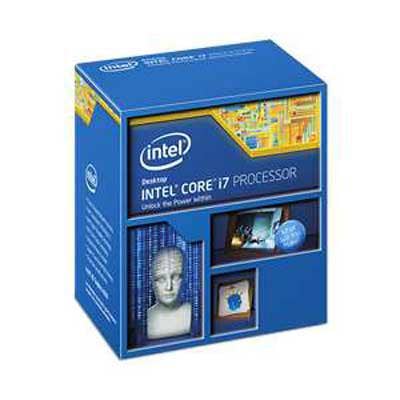
CPU Bottom Line
Microsoft's performance edges out Dell's in terms of clock speed -- but not necessarily when it comes to application performance.
Surface Book's i5 processor delivers higher speeds, but Intel's i7 processors outperform the i5 when it comes to multitasking, multimedia tasks, high-end gaming, and running processor-intensive business applications. So just because the Surface Book has a higher top speed doesn't mean it can outperform the i7. Using a car analogy, the i5 Surface Book can beat Dell's i7 on a straight race track when it comes to speed. But Dell's XPS Touch can handily outperform the Surface Book in the race track corners and off-road.
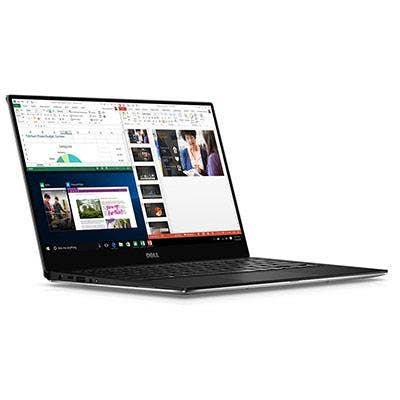
Which Is Hotter?
One thing to consider is thermal footprints generated by either CPU. In English, a thermal footprint is how hot the laptop is on your lap. The Surface Book is using a chip rated at 45 watts, which delivers three times the power of the XPS Touch, but will generate more heat. At 15 watts, you can count on Dell's XPS Touch running considerably cooler than the Surface Book.
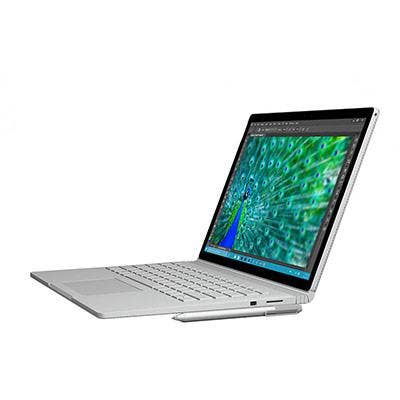
Spec-To-Spec Matchup
Surface Book: The $1,700 model of Microsoft's laptop comes with Intel's sixth-generation (Skylake) Core i5 processor. The laptop ships with Windows 10 Pro, has a M.2 PCIe hard drive capacity of SSD 256 GB and ships with 8 GB of RAM; however, Microsoft doesn't specify memory speeds.
Dell XPS Touch: Dell's laptop ships with Windows 10 Pro, hard drive capacity of 256 GB PCIe SSD, 8 GB LPDDR3 1866 MHz RAM.
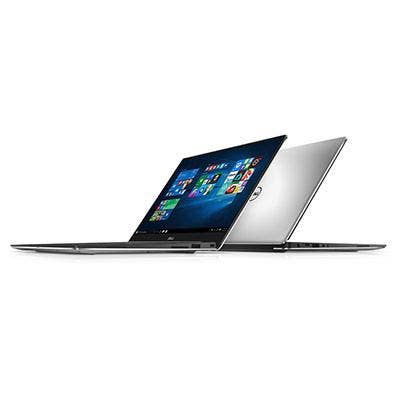
Integrated Graphics Showdown
Neither the Dell XPS nor the Microsoft Surface Book offers a discrete GPU.
Surface Book: The $1,700 Surface Book includes Intel's 520 HD graphics that make use of Skylake CPU and GPU cores.
XPS Touch: This laptop comes with integrated HD Graphics 5500, not a gaming-class graphics solution. But the Graphics 5500 will perform well for business-class graphics applications.
Bottom line: The Surface Book uses the Skylake processor, which promises 20 percent to 40 percent performance increase in Intel HD graphics over the Broadwell chip. Barring formal testing, on paper, the Surface Book is expected to have better graphics performance than Dell's XPS Touch.
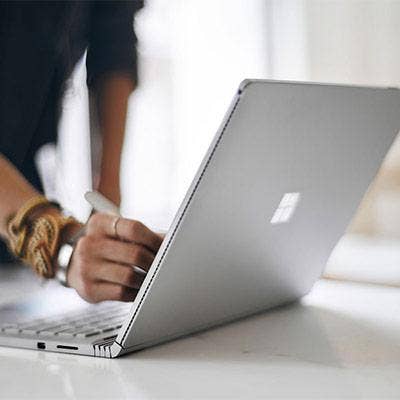
Dueling Touch Displays
Surface Book: The Surface Book 3000-by-2000 screen is 13.5 inches diagonally and features a technology called PixelSense. PixelSense is a Microsoft-developed technology that helps touch displays differentiate among a finger, palm or stylus touching its screen, so it can respond appropriately. For example, the Surface Book can identify the amount of pressure applied by a stylus tip, and differentiate between that and a palm resting on the display.
XPS Touch: Dell's 13.3-inch display is a big differentiator when it comes to being a standout petite laptop. Dell boasts a 0.2-inch bezel, a feature it calls InfinityEdge. Resolution for the display is 3200-by-1800, making the display nearly indistinguishable from that of the Surface Book. This touch display is not removable (as is Surface Book's); you also can't swivel or fold it over into tablet mode.
Bottom line: Microsoft Surface Book is a 2-in-1 offering a detachable display. Dell's XPS Touch doesn't offer a detachable display. The tradeoffs are obvious -- one can be used like a tablet and the other can't. But the Surface Book used as a tablet has a much shorter battery life.
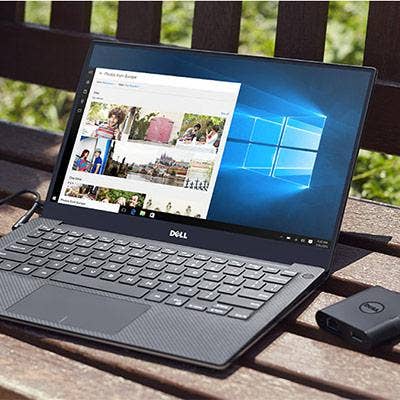
Battle Of The Batteries
Obviously portability goes hand in hand with battery life. Given that the Surface Book uses the power-sipping Skylake processor, we are surprised that Microsoft's laptop doesn't have better battery life. Here are some important takeaways when it comes to battery life.
Surface Book: Microsoft claims its laptop can run 12 hours between charges when playing back video content. Battery life estimates were based on Microsoft's testing Intel Core i5 with 8 GB RAM. When using just the Surface Book's detachable display in tablet mode, the detached screen has about 3 hours of battery life. Microsoft also includes a pen for use with its detachable tablet/display.
XPS Touch: According to Dell its laptop has up to 18 hours of battery life when using the laptop in Dell's Power Manager and Battery Extender Mode.
Bottom line: Battery claims by vendors often do not reflect real-world usage models. Without independent testing of both laptops, we'll have to take both claims with a grain of salt.
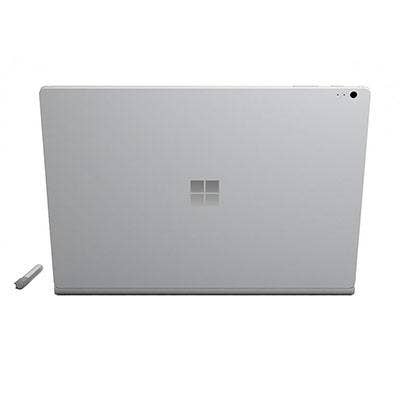
Camera Face-Off
Surface Book: The Surface Book has a 5-megapixel front-facing camera and an 8-megapixel rear-facing camera that supports autofocus and 1080p HD video recording. It also includes dual microphones along with stereo speakers on the front side of the laptop.
XPS Touch: This laptop features a widescreen HD (720p) webcam with dual digital microphones.
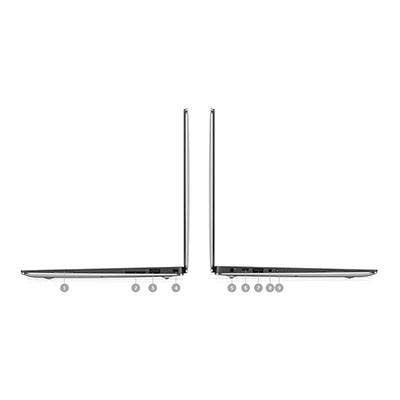
Counting The Ports
Surface Book: With the Surface Book, nearly all ports are located on the base keyboard portion of this 2-in-one. The detachable clipboard (as Microsoft calls it) includes only an audio headphone jack. Ports on the keyboard base include: two full-size USB 3.0 ports, a full-size SD card reader, and Surface Connect port (for power and docking) Other ports on the keyboard base include an additional stereo headphones/microphone jack and a Mini DisplayPort.
XPS Touch: A differentiator is that Dell's laptop includes a Thunderbolt 3 port that can be used to charge your laptop and connect to multiple devices (including support for up to two 4-K displays) all while supporting data transfers up to 40 Gbps (eight times that of a USB 3.0). Additional ports include two USB 3.0 ports, an SD card reader and a headset jack.

Which One Is Your 'Ultimate' Laptop?
In this nine-round head-to-head contest, there were no knockouts. When it comes to deciding which is better, it comes down to personal preference. If your laptop needs push you to a thin and light laptop, Dell's XPS Touch is thinner and smaller than the Surface Book. But if you want a 2-in-1 PC that delivers a tablet experience and includes integrated pen technology for staying productive, Microsoft's Surface Book is your top pick.
Microsoft's Surface Book represents a new challenge for PC kingpin Dell. Dell, which has sold millions of Windows-powered PCs around the world for decades, will soon have Microsoft as a direct laptop competitor. Publicly, Dell is praising Microsoft for raising Windows 10 awareness and welcomes the Surface Book to the market.
But glad-handing aside, starting Oct. 26 -- when the Surface Book becomes available through channel partners, distribution and directly from Microsoft -- both Dell and Microsoft will be vying for the same dwindling laptop dollars in the cutthroat, $201 billion worldwide PC economy.